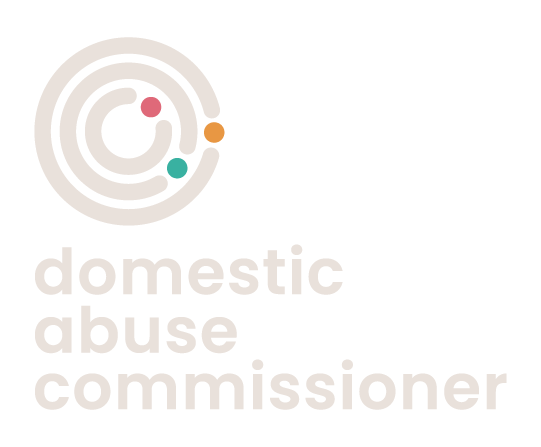Domestic abuse crimes remain high in England and Wales, yet no significant improvements in criminal justice system outcomes are being made. Every agency responding to domestic abuse must deliver the highest standards for victims and survivors who take the brave steps to report, and the criminal justice system clearly has a significant role to play.
My analysis of statistics published yesterday by the Office for National Statistics (ONS) shows that domestic abuse related offences have more than doubled since 2016. Concerningly, the number of perpetrators convicted of domestic abuse offences in the last four years has reduced, according to Crime Prosecution Service (CPS) data, also released today. This must be urgently addressed.
Police recorded data suggests that in 2016, there were over 421,000 domestic abuse related crimes per year, whereas in 2023 there were over 885,000 domestic abuse related crimes.
Despite the high volume of domestic abuse crimes, criminal justice outcomes for domestic abuse are getting worse. Compared with data from four years ago, fewer referrals of domestic abuse offences are being made to the CPS, fewer charges are taking place, fewer prosecutions are completed, and fewer convictions are achieved.
This amounts to fewer perpetrators of domestic abuse being held accountable, and fewer victims and survivors being protected.
Police referrals to the CPS are down by 20 per cent since 2019, and the volume of domestic abuse suspects charged has decreased by 22 per cent. This means that more dangerous perpetrators may be released into the community, posing a serious risk to victims and the wider public.
Concerningly, prosecutions and convictions are also down. The volume of completed prosecutions for domestic abuse offences has reduced by 23 per cent since 2019. The volume of convictions has reduced by 25 per cent.
It takes, on average, double the time for a charge to be made today than it did 4 years ago. Long waits cause significant stress and precarity to victims and survivors and can lead to them dropping out of the police process. This must change.
More recently, there have been some small improvements in police referrals, timeliness and charging rate compared with the last quarter. Referrals to the CPS have increased by 1.8% since the last quarter.
The average number of days for the police and CPS to charge a domestic abuse suspect has decreased by 1.73 days, with the charging rate up by 4.3 percentage points, since the last quarter.
However the volume of prosecutions is still declining, even since the last quarter. Prosecutions have reduced by 2.7% from 13,184 in Q4 22/23 to 12,832 in Q1 23/24.
Small improvements in the last quarter are not enough to tackle the significant downward trends we have been seeing in the last 4-6 years. We need concerted action.
Every agency responding to domestic abuse must deliver the highest standards for victims and survivors who take the brave steps to report, and the criminal justice system clearly has a significant role to play.
Domestic abuse is a strategic policing requirement and a government priority, yet we are consistently seeing poor outcomes for victims and survivors through the criminal justice system. The CPS should be working closely with police officers to provide early legal advice to help build effective investigations in order to improve prosecution volumes.
I have been working with the NPCC and the CPS to feed into the Domestic Abuse Joint Justice Plan, which aims to improve how these cases are treated within the criminal justice system. I hope the plan will be a much-needed first step in delivering the outcomes which victims and survivors need.
For too long victims and survivors of domestic abuse have been let down by the criminal justice system and dangerous perpetrators have been allowed to evade justice. These statistics are yet more evidence that we have much further to go.
I am calling on all agencies to get to grips with this very serious problem. National leaders, local criminal justice boards, police and crime commissioners, chief constables, and all those responsible for this system need to take responsibility and face the problem head on.

